Pinkthroat corydoras - Corydoras spilurus
Scientific name: Corydoras spilurus
Common name: Pinkthroat corydoras
Family: Callichthyidae
Usual size in fish tanks: 5 - 6 cm (1.97 - 2.36 inch)
014
Recommended pH range: 6.4 - 7.4
Recommended water hardness: 4 - 21°N (71.43 - 375ppm)
0°C 32°F30°C 86°F
Recommended temperature range: 22 - 27 °C (71.6 - 80.6°F)
The way how these fish reproduce: Spawning
Where the species comes from: South America
Temperament to its own species: peaceful
Temperament toward other fish species: peaceful
Usual place in the tank: Bottom levels
Nutritional Requirements and Feeding Strategies
The Pinkthroat Corydoras, a species of omnivorous bottom-dwelling fish, necessitates a diverse and nutrient-rich diet to thrive. A staple diet comprising high-quality flakes or sinking pellets should be supplemented with algae wafers and occasional treats, such as live or frozen bloodworms and brine shrimp, to provide a broad spectrum of nutrients. Feeding these fish in the evening aligns with their natural nocturnal behavior, ensuring they receive adequate nutrition without competing with other fish during the day.
Geographical Origin and Native Habitat
Corydoras spilurus, commonly referred to as the Pinkthroat Corydoras, is native to the pristine waterways of Guyana in South America. The natural habitats of these fish are characterized by soft, slightly acidic to neutral waters, abundant vegetation, and sandy or fine gravel substrates. Replicating these conditions in an aquarium setting is crucial for promoting their health and natural behaviors.
Sex Differentiation and Morphological Characteristics
Differentiating between male and female Pinkthroat Corydoras becomes increasingly apparent as they mature. Females typically exhibit a larger body size and a more rounded shape when viewed from above, whereas males are generally slimmer and more streamlined.
Reproductive Biology and Breeding Techniques
Breeding Corydoras spilurus in aquariums poses significant challenges, with successful reports being relatively rare. In their natural habitat, these fish employ an egg-scattering strategy, depositing eggs on plants, substrates, or other surfaces. To encourage breeding in captivity, it is essential to set up a dedicated breeding tank with fine sand, live plants, and optimal water quality. Simulating seasonal changes by performing cooler water changes can trigger spawning. If successful, eggs hatch within 3-5 days, and the fry should be fed Infusoria or newly hatched brine shrimp as they grow.
Lifespan Expectancy and Longevity Factors
With proper care and maintenance of optimal water parameters, the expected lifespan of Corydoras spilurus ranges from 3-5 years. Providing a varied diet and maintaining stable water conditions can contribute significantly to maximizing their longevity.
Aquarium Setup and Behavioral Considerations
Pinkthroat Corydoras are social creatures that thrive in groups of at least five individuals. A sandy substrate is essential for protecting their delicate barbels, which they utilize for foraging food particles. Providing ample hiding places, such as driftwood, rocks, and dense plants, helps mimic their natural environment and ensures they feel secure.
These Corydoras species are well-suited for community tanks due to their peaceful nature. Suitable tankmates include:
- Neon Tetras – Vibrant companions that add coloration to the tank.
- Ember Tetras – Gentle creatures similar in size that coexist harmoniously.
- Harlequin Rasboras – Add elegance movement to the aquarium environment.
- Bolivian Rams – Peaceful dwarf cichlids sharing similar water preferences.
- Otocinclus Catfish – Amicable bottom-dwellers complementing Corydoras species within a tank setting.
Brief Overview
Pinkthroat Corydoras are a rare and striking addition to any community tank. Their manageable size, peaceful temperament, and social nature make them a favorite among aquarists. Due to their scarcity in the aquarium trade, they may be priced higher than other Corydoras species. With proper care, these fish will bring activity and charm to the bottom levels of your aquarium, delighting both beginners and experienced fishkeepers.
Pictures
Bought by aqua-fish.net from jjphoto.dk.
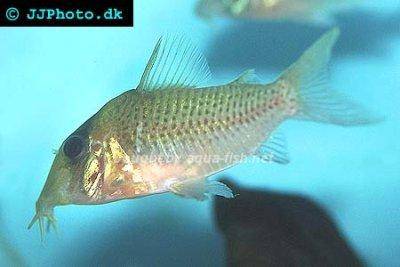


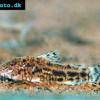 Aspidoras
Aspidoras 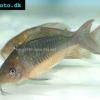 Giant
Giant 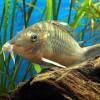 Hognosed
Hognosed 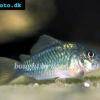 Emerald
Emerald 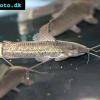 Cascarudo
Cascarudo 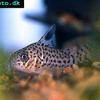 Acre
Acre 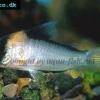 Adolfo’s
Adolfo’s 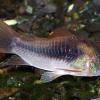 Bronze
Bronze 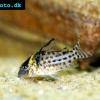 Agassizii’s
Agassizii’s 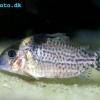 Spotted
Spotted 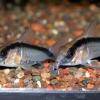 Skunk
Skunk 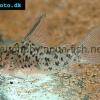 Corydoras
Corydoras 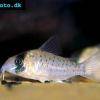 Fairy
Fairy 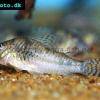 Corydoras
Corydoras 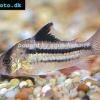 Pink
Pink 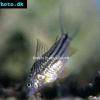 San
San 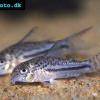 Bond’s
Bond’s 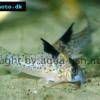 Spotted
Spotted 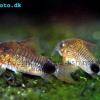 Tailspot
Tailspot 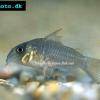 Concolor
Concolor 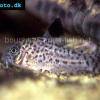 Cope’s
Cope’s 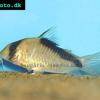 Sand’s
Sand’s 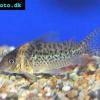 False
False 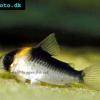 False
False 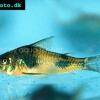 Ehrhardt’s
Ehrhardt’s 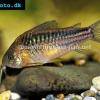 Elegant
Elegant 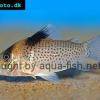 Saddle
Saddle 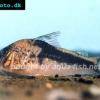 Fowler’s
Fowler’s 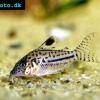 Gomezi
Gomezi 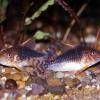 Palespotted
Palespotted 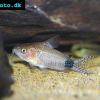 Guapore
Guapore 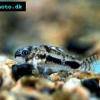 Dainty
Dainty 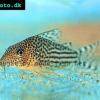 Mosaic
Mosaic 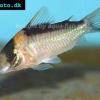 Imitator
Imitator 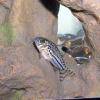 Julii
Julii 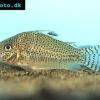 Leopard
Leopard 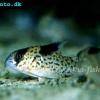 Black
Black 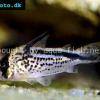 Slant-bar
Slant-bar 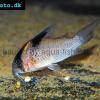 Bluespotted
Bluespotted 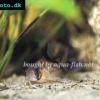 False
False 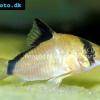 Bandit
Bandit 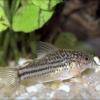 Mini
Mini 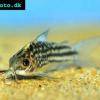 Napo
Napo 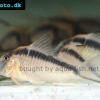 Corydoras
Corydoras 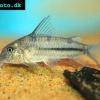 Blue
Blue 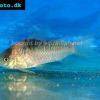 Nijssen’s
Nijssen’s 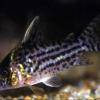 Ornate
Ornate 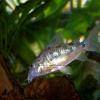 Peppered
Peppered 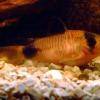 Panda
Panda 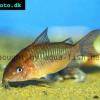 Albertini
Albertini 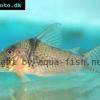 Pastaza
Pastaza 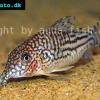 Corydoras
Corydoras 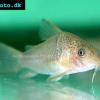 Many-spotted
Many-spotted 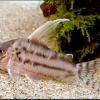 Pretty
Pretty 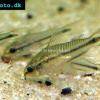 Dwarf
Dwarf 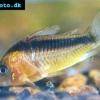 Iridescent
Iridescent 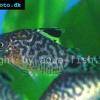 Reticulated
Reticulated 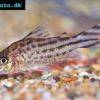 Bannertail
Bannertail 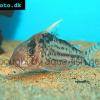 Robust
Robust 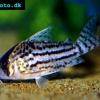 Schwartz’s
Schwartz’s 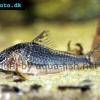 Black
Black 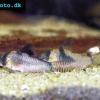 Longnosed
Longnosed 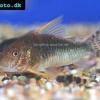 Seuss’
Seuss’ 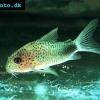 Smudge
Smudge 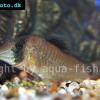 Masquerade
Masquerade 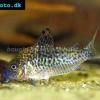 False
False 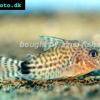 Millenium
Millenium 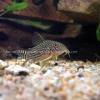 Sterba’s
Sterba’s 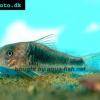 Longsnout
Longsnout 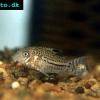 False
False 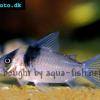 Miguelito
Miguelito 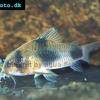 Twosaddle
Twosaddle 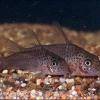 Xingu
Xingu 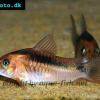 Black
Black 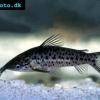 Porthole
Porthole 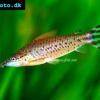 Flagtail
Flagtail 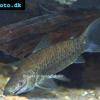 Brown
Brown 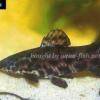 Spotted
Spotted